The project is slowly coming to an end, there are only a few small things that need to be done before registration for public road use. I gave up the original idea of using the motorcycle only as decoration.
Since I built in the front wheel the fist time, the front tire was flat within a few days, but unfortunately nothing has improved with the new tyre. The cause was major corrosion damage below the paintwork, which allowed the air to escape. The corroded areas were sanded down and repainted.

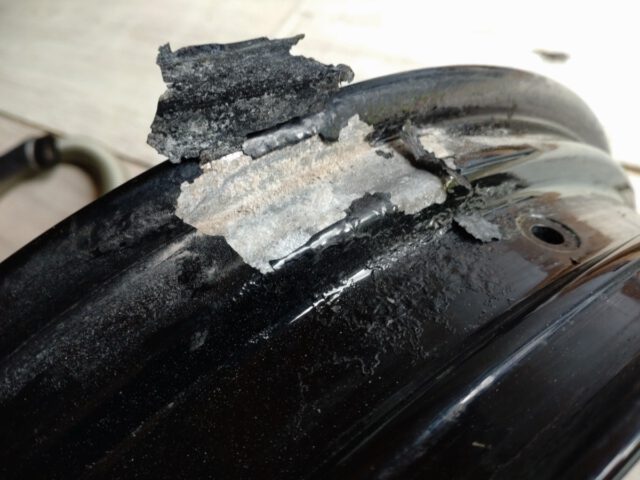
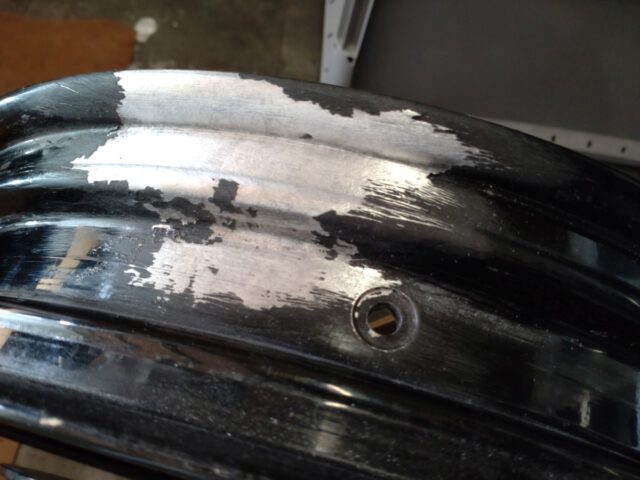
Unfortunately, the pillion grab handle was missing when I bought it and I couldn’t find one anymore. In the registration certificate it is either a one or two seated vehice, depending on what parts a mounted. So either the footrests must be removed or all the requirements for passenger operation must be in place, including a pillion grab. I bought a grab strap from another motorcycle and screwed it into the places where the pillion grab handle was otherwise mounted.
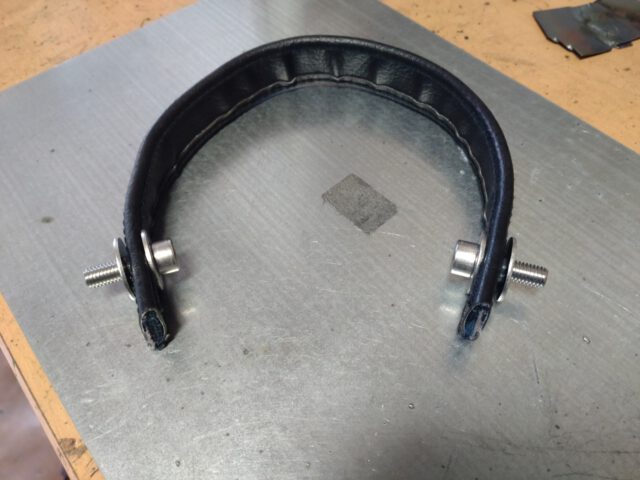
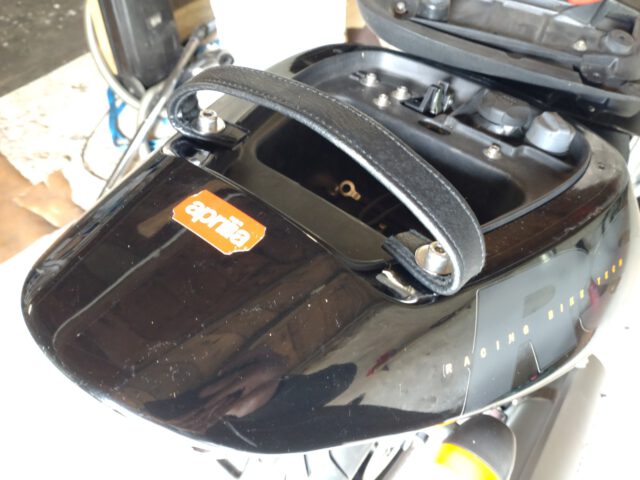
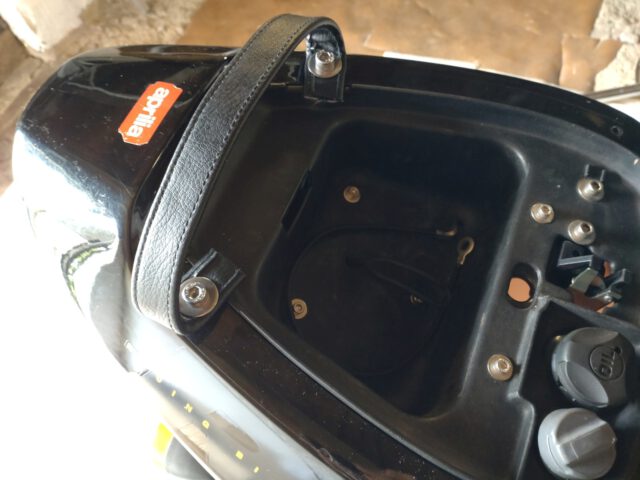
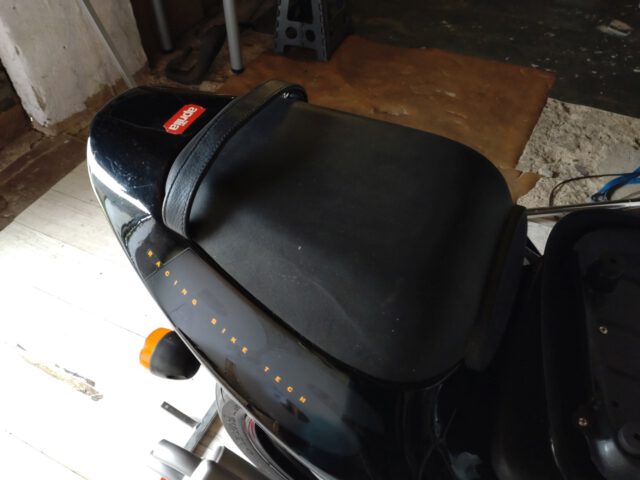
Bleeding the cooling system is also not difficult, the coolant is filled in and bled at the radiator and water pump.
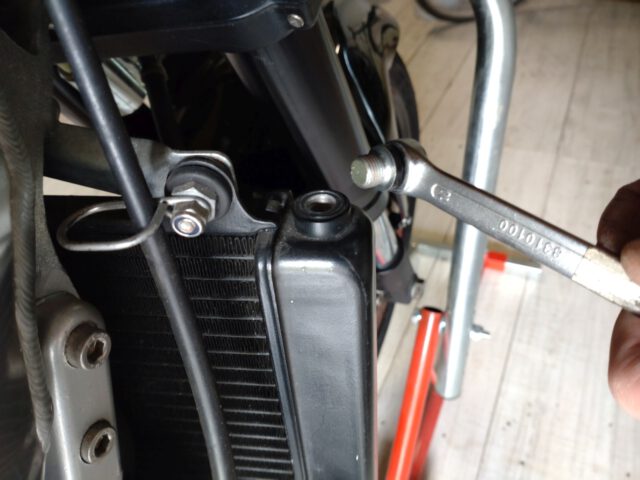



The oil pump for the two stroke oil is bled at the small screw below the sprocket. Unfortunately, after a few days, there was an unpleasant surprise: the two stroke oil tank was leaking at the level sensor, so the fairing had to be removed again and the whole mess had to be cleaned up.


The rubber that is in the oil tank had already shrunk significantly compared to its size at the time of manufacture 24 years ago. I then sealed the part with two additional O-rings.
My biggest concern was that the CO limit of 4.5% would not be met during the emissions test. In the last emissions test by the previous owner, the motorcycle had a reading of 4.4% on the test report. Although the motorcycle has a catalytic converter, the emission limits for testing are set as if the motorcycle did not have a catalytic converter.

The 4.5% limit should actually not be a problem; such a high level of CO in the exhaust only occurs with completely poorly tuned engines or other problems that certainly constitute a defect. In this context, I noticed that the choke lever, which closes a piston with spring reset in each carburetor, cannot be locked and the end of the spring travel was not noticeable during operation. After removing the choke, I quickly determined that the pistons were not closing and the adjustment screws of the cable were also at their limit.
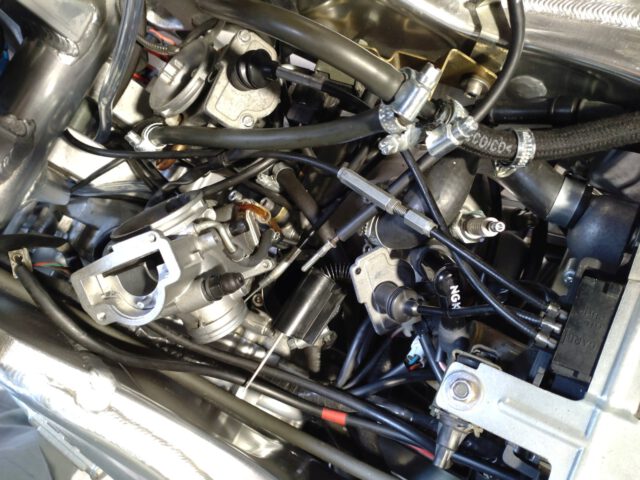
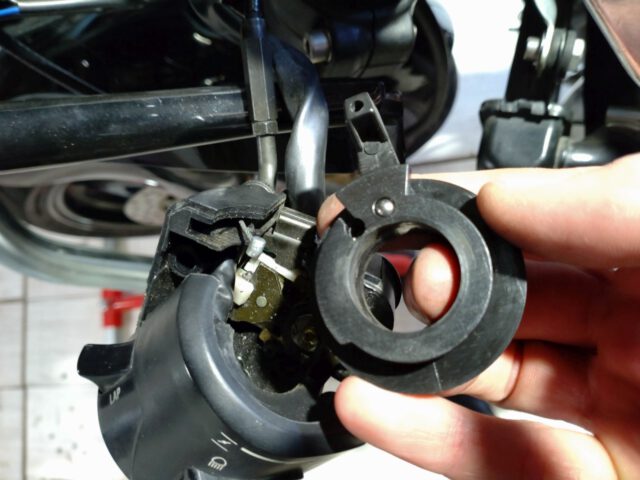

I then drilled another hole in the lever on the handlebar to be able to attach the cable a bit further forward. This allows the choke to be locked in place.
The first start of an engine that you have put together yourself is always a special occasion, here is the whole thing on video:
After installing all the remaining parts and the fairing, I went through the entire checklist for the TÜV Süd motorcycle inspection one by one and found a few things (a loose turn signal, battery mounting, brake light switch adjustment, and travel reserve for the front brake). I then drove it with a rented transporter to TÜV Nord for the full inspection according to §21 StVZO. It had been unregistered for more than seven years, and the power had to be transferred as well; the vehicle documents still listed the 25 kW power reduction for the former “A restricted” driver’s license category.
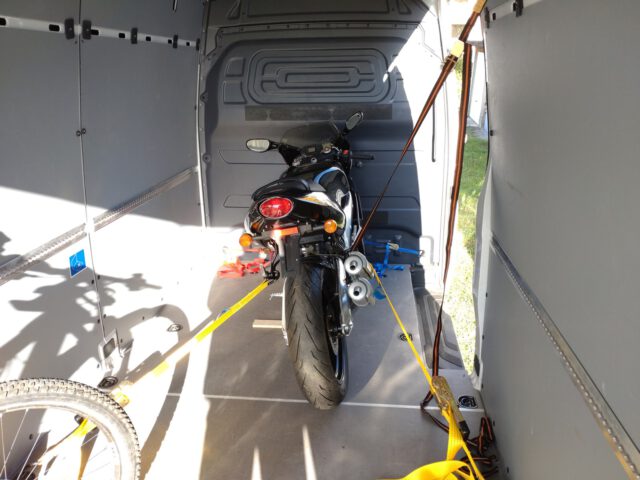
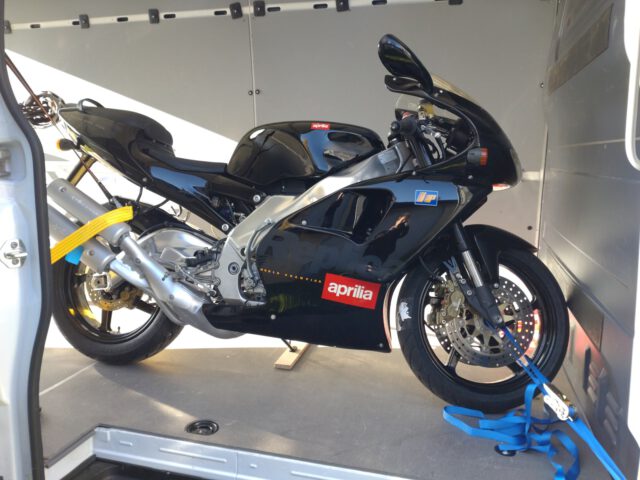
The appointment at TÜV Nord went better than expected, all the conversations beforehand were very constructive and all aimed at issuing the necessary certificate. If you check such checklists beforehand, little can actually go wrong. The emission test resulted in a CO value of 2.0 %.

The catalytic converter was not relevant due to the emmission test as it is not tested. The engine was in cold state and the bike was just driven a few meters on the test site.

